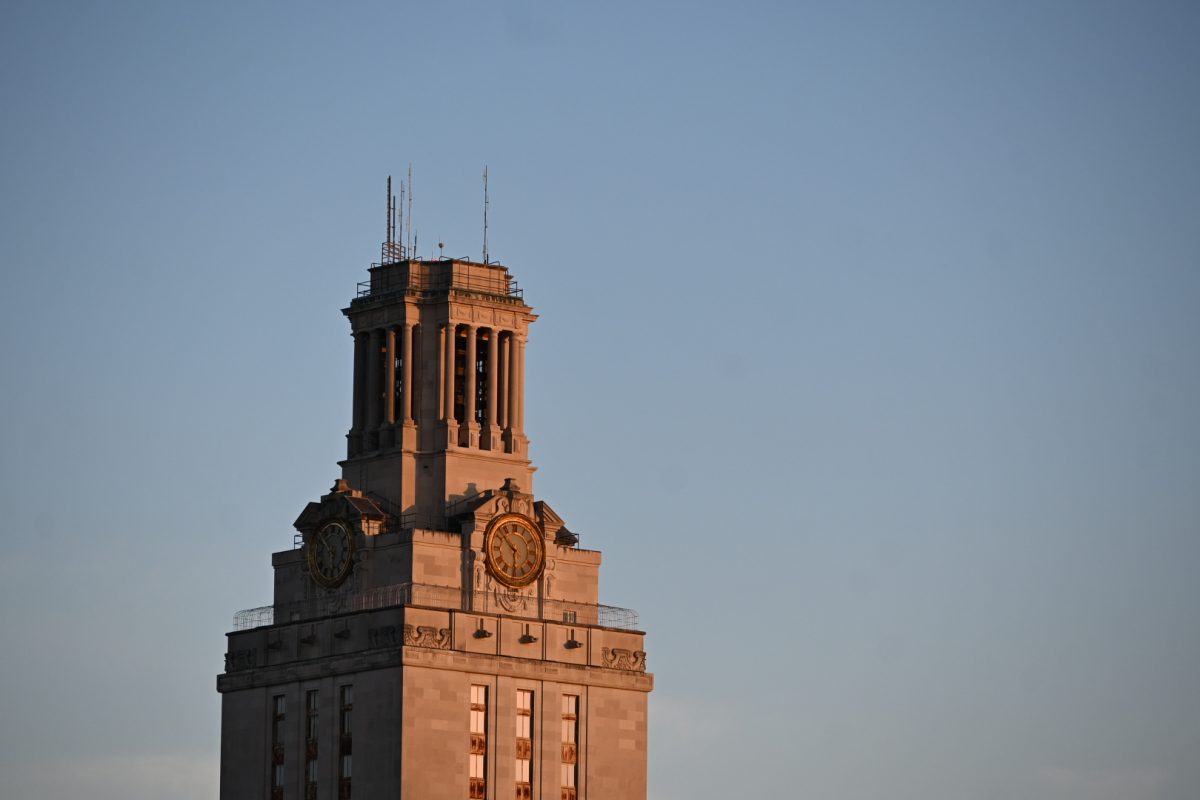Even with faculty and student support, the implementation of a fall break for the University remains uncertain because of scheduling constraints.
Associate registrar Brenda Schumann said the feasibility of implementing a fall break depends on University and state guidelines for the academic calendar planning process. The state guidelines are issued by the Texas Higher Education Coordinating Board, and the Office of the Registrar uses both sets of guidelines to create the academic calendar.
She said the possibility of a fall break would require a change to these principles, as University regulations do not currently allow time for a fall break.
“The calendar is based upon the principles,” she said. “If they are to be changed, the University’s Calendar Committee would have to submit a recommendation to the Faculty Council for consideration and approval.”
Student Government passed a resolution in support of a fall break last week. The resolution supports an implementation of a two-day fall break that would extend the academic calendar two more days into December, but this conflicts with the University guidelines used to create the academic calendar.
The principles say the last day of classes should fall on a Friday in order to maintain the pattern of final exams. Monday, Wednesday and Friday classes must have 42 meeting days and Tuesdays and Thursdays must have 28. The fall semester should also have a minimum of 70 class days in a semester after accounting for the observance of Labor Day and the three-day Thanksgiving holiday, according to the guidelines.
Diane Bailey, chair of the Calendar Committee and associate professor of information, said the committee discussed the idea on its own initiative last year and has continued to explore the possibility of fall break this year.
Bailey said the number of constraints also include the regulations set by the Texas Higher Education Coordinating Board.
The coordinating board sets a date for the start of every semester. The common calendar schedule has been set through the 2020-2021 fiscal year with the first day of class ranging from Aug. 22-28 depending on the year.
“There is a limited amount of wiggle room in the calendar depending on the year,” Bailey said. “It appears that some years might prove easier than others to extend the fall schedule by shifting the start date forward.”
Bailey said given the support from some members of the University community the implementation of a fall break will be determined by its feasibility.
Marc Musick, associate dean of the College of Liberal Arts, said he supported the implementation of a fall break after his time teaching at the University of Michigan. Musick said students and faculty appreciated the break during the 15-week semester.
Musick said the University of Michigan is competitive with UT and is among other competitive schools that currently have a fall break. Other schools include Texas Tech University and Baylor University among 12 other universities, according to the SG resolution.
“I felt that it was good for students to have those days to rejuvenate and recharge to get them through the end of the semester,” he said. “The fall break is something I’ve supported for many years, but the University has worked without it for so long and will continue to do so without it.”
Printed on Friday, February 24th as: Fall break possibility hits obstacle due to regulations




















